Help! What should I do for my Echeveria?
Emma Haxton
6 years ago
Featured Answer
Sort by:Oldest
Comments (17)
Emma Haxton
6 years agoRelated Discussions
Help! My crassula wilted at the base, what should I do?
Comments (2)Hello mingtea, yes, the top looks healthy,. then what should I do? Should I cut off the wilted leaves at the bottom? . Or will i cut the healthy parts and plant it again? ..I new here so I don't understand a lot of terms. I also think I overwatered my plant. Thank you for answering my question, I really don't want my plant to die, huhu...See MoreIs this a crested echeveria? And what do I do with it?
Comments (3)Congrats, you have your very own Echeveria runyonii 'Topsy Turvy' f. cristata. I find the flowers quuite attractive. Here is a link that might be useful: Echeveria runyonii 'Topsy Turvy' f. cristata...See MoreWhat to do with Black spots on my Echeveria
Comments (1)And is the dark spots because of the sun or because of the water droplets? Probably not--what you will have to be attentive to is watering--because you live in a very warm and humid climate, you will need to water very, very sparingly. Echeverias come from areas of low humidity, and you have high humidity. Because of your high humidity, they won't need much water. Make sure your plants are in a very free-draining gritty mix, and be very careful about watering them. When you do, keep water off the foliage. The plant can grow out of the spotted foliage eventually....See MoreHelp! What should I do to the exterior of my house?
Comments (0)The front of my house is so bland and boring, and I also am not a fan of the concrete block foundation color. I’m looking to give my house an upgrade, but can’t currently decide what to do. I’ve considered adding stone to the foundation and painting the siding a gray color (the current siding is wood). I’ve also thought of just repainting the foundation a different color, OR painting the siding and the foundation one unifying color. So many decisions, and I want to do something I love right away so I won’t have to change it again in the future. Anyone out there have suggestions? :) Also let me add that we just recently moved in and this is our first house. Any other suggestions on sprucing up the outside? I’ve considered adding shutters and window boxes. Any suggestions welcome for this homeowner newbie....See MoreEmma Haxton
6 years agoEmma Haxton
6 years agoEmma Haxton
6 years agolast modified: 6 years agoShannon Brianna
6 years agorina_Ontario,Canada 5a
6 years agolast modified: 6 years agoKatherine (SC 9a)
6 years agolast modified: 6 years agoRoger
6 years agoRoger
6 years ago
Related Stories

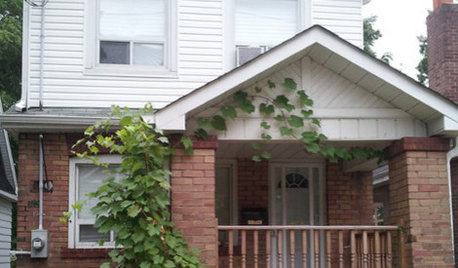
ENTRYWAYSHelp! What Color Should I Paint My Front Door?
We come to the rescue of three Houzzers, offering color palette options for the front door, trim and siding
Full Story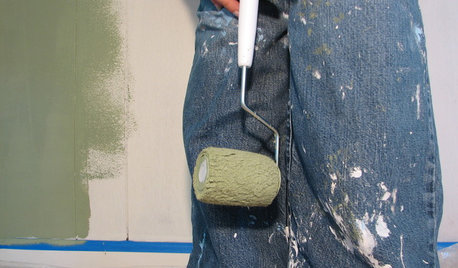
PAINTINGHelp! I Spilled Paint on My Clothes — Now What?
If you’ve spattered paint on your favorite jeans, here’s what to do next
Full Story
EXTERIORSHelp! What Color Should I Paint My House Exterior?
Real homeowners get real help in choosing paint palettes. Bonus: 3 tips for everyone on picking exterior colors
Full Story
LIFEYou Said It: ‘Just Because I’m Tiny Doesn’t Mean I Don’t Go Big’
Changing things up with space, color and paint dominated the design conversations this week
Full Story
INSIDE HOUZZInside Houzz: Updates to the Houzz App for iPhone and iPad
With a redesign and new features, the Houzz app is better than ever
Full Story
FUN HOUZZEverything I Need to Know About Decorating I Learned from Downton Abbey
Mind your manors with these 10 decorating tips from the PBS series, returning on January 5
Full Story
BATHROOM DESIGNWhich Flooring Should I Choose for My Bathroom?
Read this expert advice on 12 popular options to help you decide which bathroom flooring is right for you
Full StorySponsored
Franklin County's Preferred Architectural Firm | Best of Houzz Winner



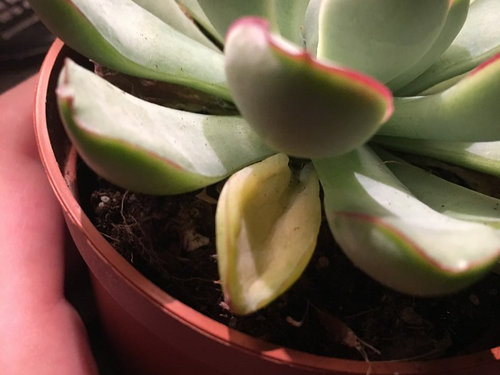




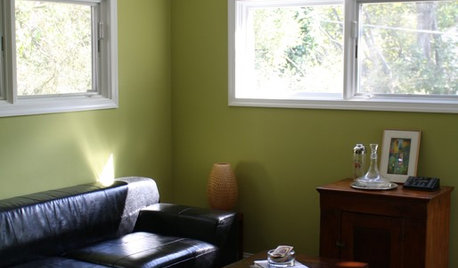

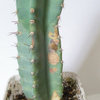
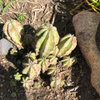
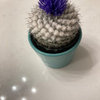

Shannon Brianna